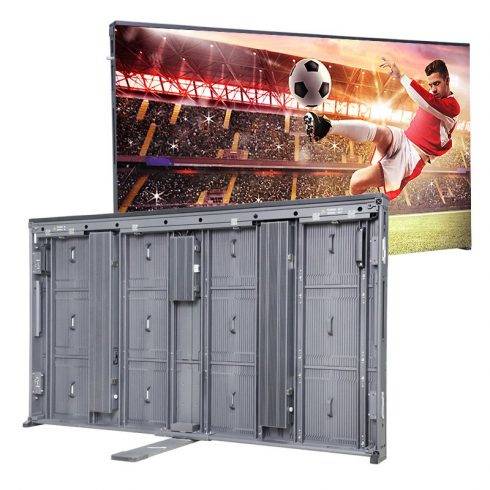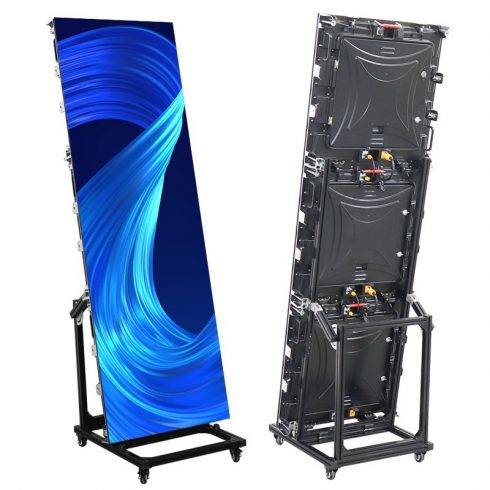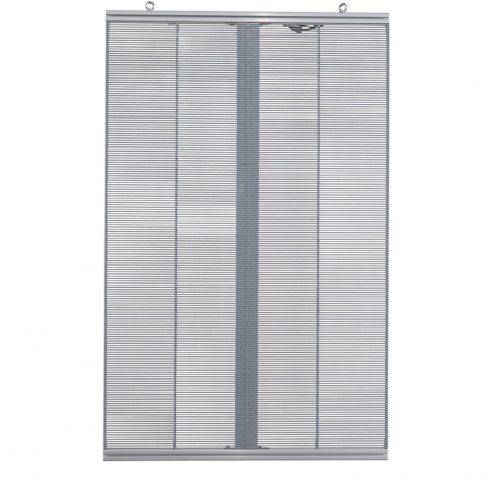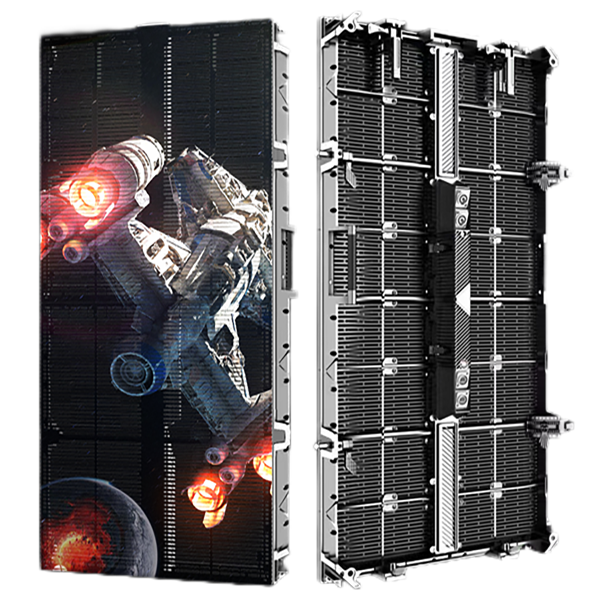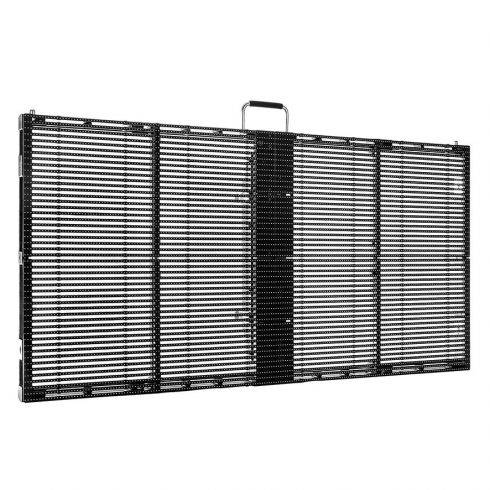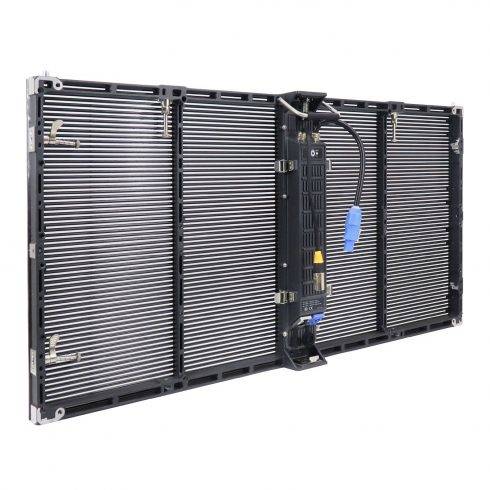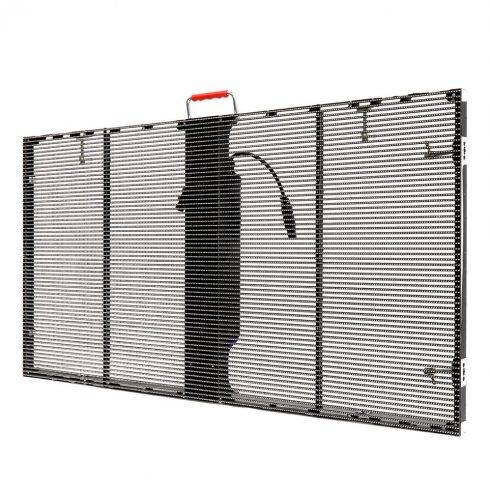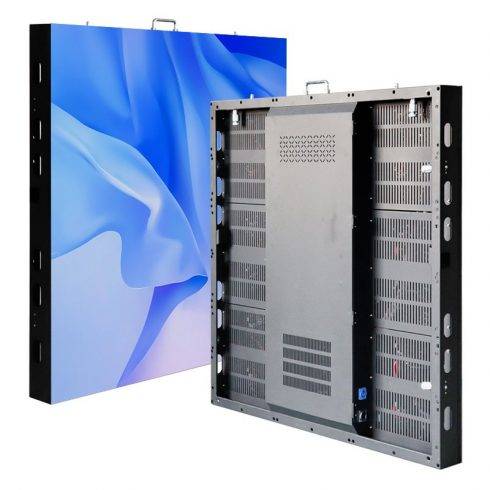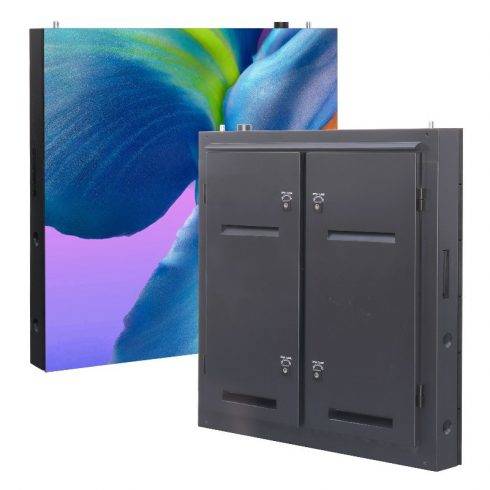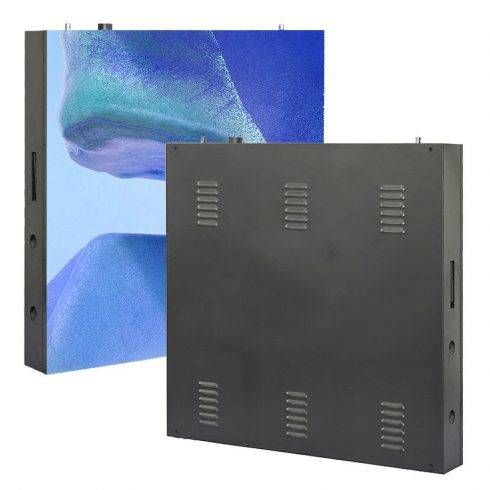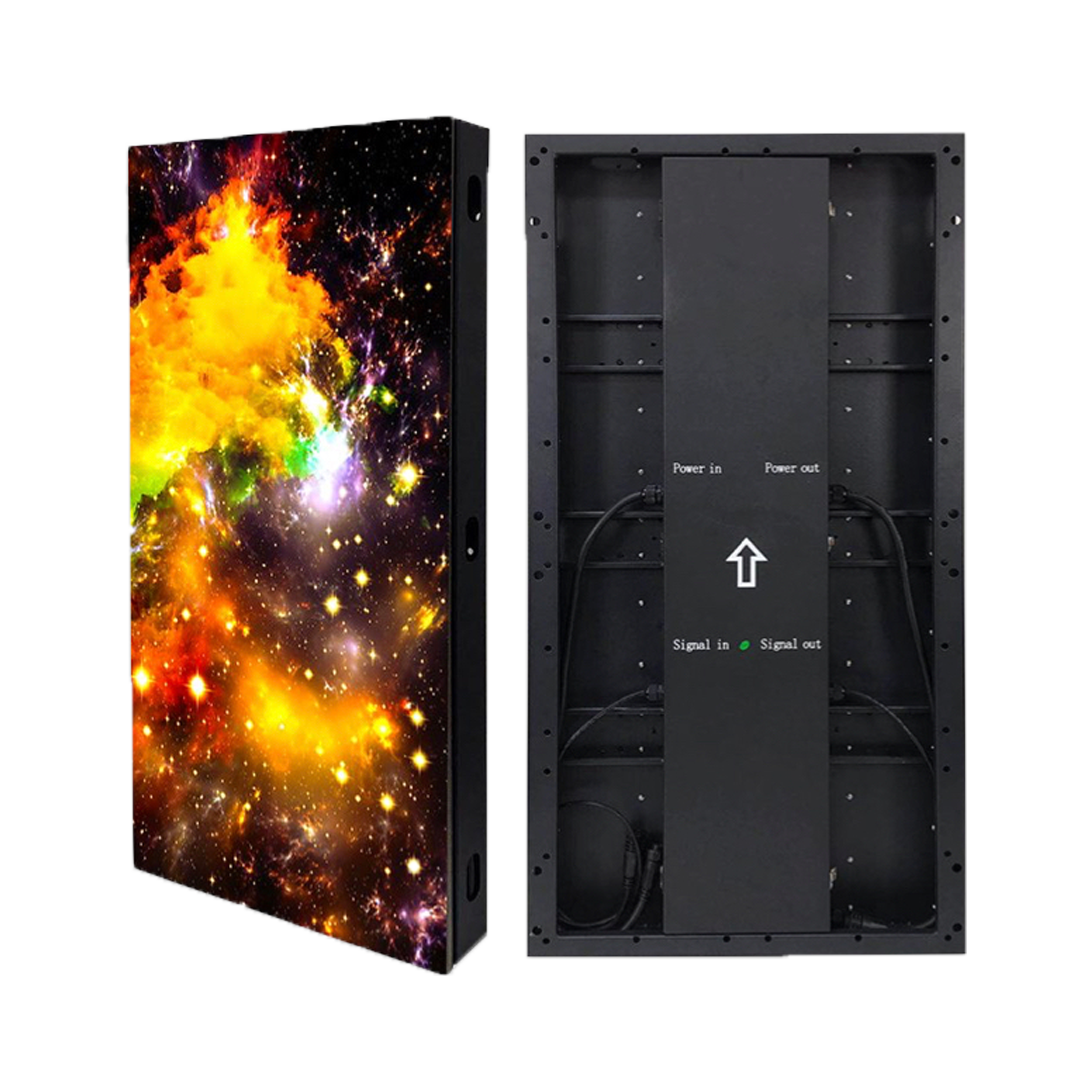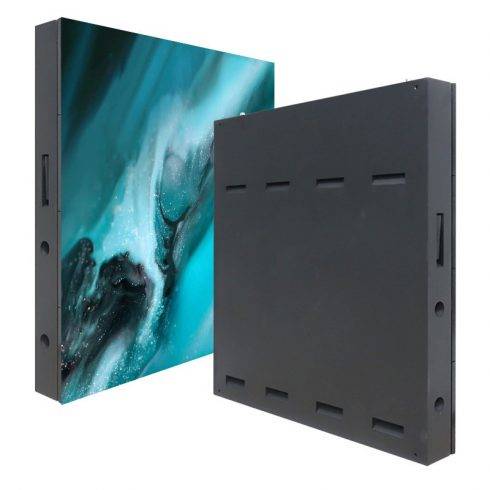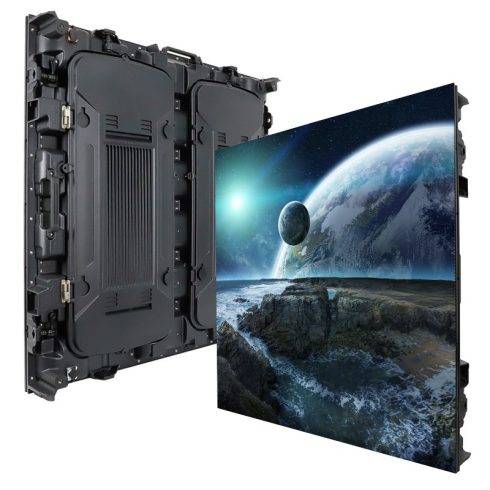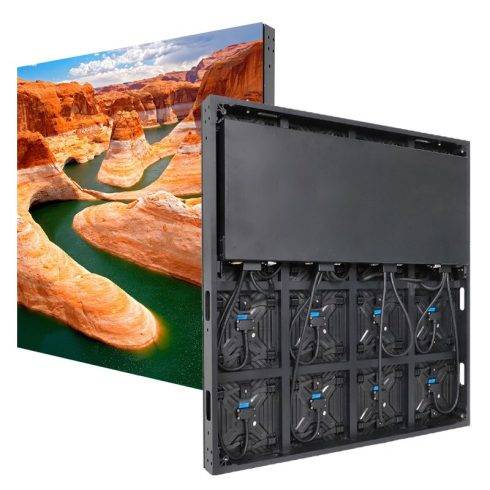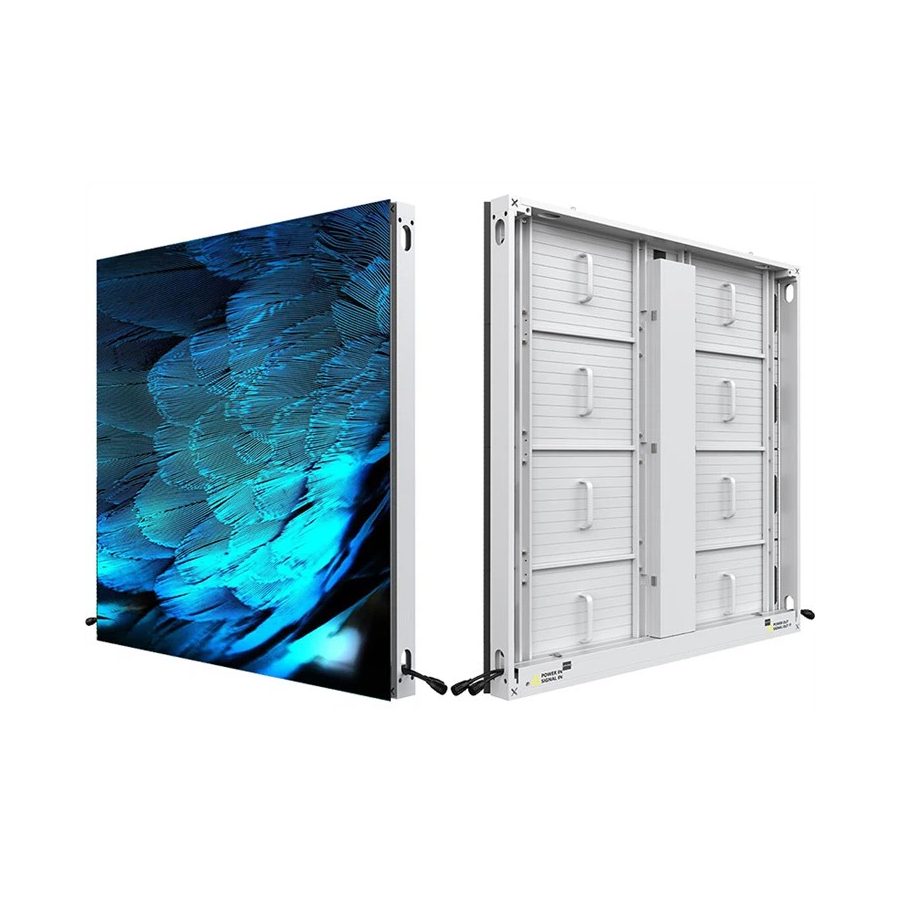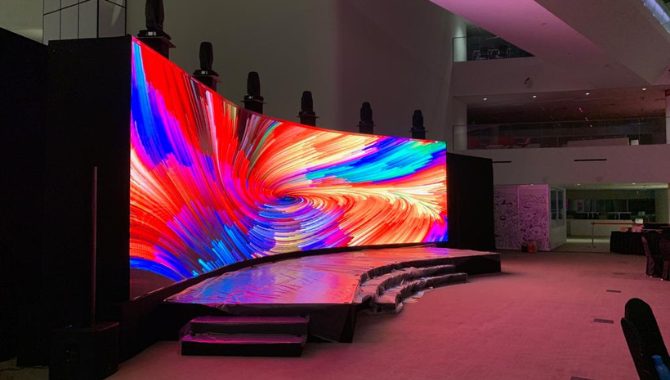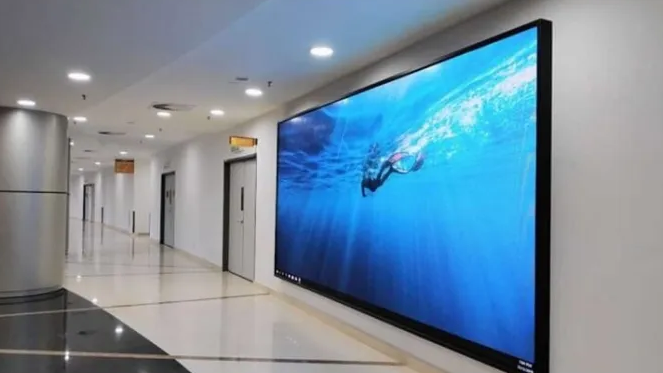Outdoor LED advertising displays have revolutionized the marketing landscape by offering dynamic and vibrant visuals that capture attention in public spaces. These displays are used for everything from billboard advertising to public service announcements, offering high visibility in both urban and rural environments. However, maintaining the stability and performance of these outdoor displays is a challenge due to the harsh environmental conditions they face. From extreme weather to potential technical malfunctions, outdoor LED displays need to be designed and maintained with care to ensure consistent performance and longevity. This essay explores the various strategies and technologies that can help outdoor LED advertising displays remain stable, reliable, and functional over the long term.
Factors Affecting the Stability of Outdoor LED Displays
Before delving into solutions, it’s important to understand the factors that can compromise the stability of outdoor LED advertising displays. The following issues often arise when these displays are exposed to challenging outdoor environments:
1. Weather Conditions
Outdoor LED displays are exposed to a wide range of weather conditions, including rain, snow, extreme heat, and strong winds. If the display is not properly protected, water or moisture can seep into the electronics, causing malfunctions. Similarly, prolonged exposure to UV rays from the sun can degrade the display’s materials, leading to fading or discoloration. Temperature fluctuations can also cause the internal components to expand and contract, potentially leading to long-term damage.
2. Dust, Dirt, and Pollution
Dust and pollution are common in outdoor environments, especially in urban areas. These contaminants can accumulate on the surface of the LED display and obstruct the light emitted by the LEDs, causing the images to appear dim or blurry. Dust can also infiltrate the internal components of the display, leading to potential overheating and malfunctions.
3. Vandalism and Physical Damage
Outdoor LED advertising displays, especially those installed in public spaces, are susceptible to vandalism and accidental damage. From graffiti to impact damage, external forces can compromise the display’s stability and appearance, reducing its effectiveness as an advertising tool. Displays located in high-traffic areas are particularly at risk of damage from objects like debris or even intentional tampering.
4. Power Fluctuations
Outdoor LED displays rely on a consistent power supply to function properly. Power surges, fluctuations, or outages can interrupt the display’s operation, causing instability and potentially damaging sensitive electronic components. In areas with unreliable power grids or frequent electrical storms, this can be a significant issue.
5. Component Wear and Tear
Over time, the components of an LED display, such as the LEDs themselves, power supplies, and control systems, can degrade due to constant use. This wear and tear can lead to malfunctions, reduced brightness, color inconsistency, and overall instability in the display’s performance. If not properly maintained, these issues can shorten the lifespan of the display.
Strategies for Maintaining Stability in Outdoor LED Displays
Given the challenges posed by outdoor environments, it is crucial to employ strategies and technologies that can mitigate the effects of environmental stressors and ensure the stability of outdoor LED advertising displays. Here are several key approaches:
1. Weatherproof Design and Enclosures
One of the most effective ways to ensure the stability of outdoor LED displays is through weatherproofing. Modern LED displays are often designed with IP (Ingress Protection) ratings that indicate their resistance to dust and water. A high IP rating, such as IP65 or higher, ensures that the display is well-protected from rain, snow, and dust. Additionally, sealed enclosures and protective coatings can shield the electronic components from moisture, preventing short circuits or corrosion.
Heat dissipation is another critical consideration for outdoor displays. Since these displays often operate in direct sunlight, they can generate a significant amount of heat. A proper ventilation system or built-in cooling fans can help regulate the internal temperature of the display, ensuring that it remains within operational limits.
2. Anti-Glare and UV Protection
To maintain image quality and stability, outdoor LED displays should be equipped with anti-glare and UV protection measures. Glare from the sun can make the display difficult to read, especially in bright daylight. Anti-glare coatings or filters can reduce the reflection of sunlight on the screen, improving visibility.
UV protection is also important for preventing the fading or discoloration of the display’s materials. Prolonged exposure to UV rays can degrade the LEDs and the casing of the display. Special UV-resistant coatings can help prolong the life of the display and keep its colors vivid over time.
3. Dust and Pollution Management
To combat the accumulation of dust and dirt, outdoor LED displays should be equipped with air filters or sealed units that prevent contaminants from entering the internal components. Regular cleaning schedules can also help ensure that the display surface remains free of obstructions, maximizing the clarity and brightness of the visuals. In particularly dusty environments, additional measures such as pressurized air systems can be used to blow dust away from the display’s surface.
4. Vandalism-Resistant Design
To protect against vandalism and physical damage, outdoor LED displays can be reinforced with durable materials. Shatterproof glass or polycarbonate shields can be installed over the display to prevent damage from impacts or graffiti. Additionally, tamper-resistant mounting systems can be used to ensure that the display cannot be easily removed or damaged by vandals. In high-risk areas, surveillance cameras or motion detectors can be installed near the display to deter vandalism.
5. Power Surge Protection and Backup Systems
Power fluctuations can be particularly damaging to outdoor LED displays, but these issues can be mitigated with the use of power surge protectors and voltage stabilizers. These devices ensure that the display receives a consistent flow of electricity, preventing damage from sudden power spikes. For areas prone to power outages, backup power systems such as uninterruptible power supplies (UPS) or generators can be installed to keep the display running even during electrical disruptions.
6. Regular Maintenance and Component Replacement
Routine maintenance is essential to the long-term stability of outdoor LED displays. Regular inspections should be conducted to identify and address any issues with the display’s components, such as faulty LEDs, wiring, or power supplies. Preventive maintenance schedules can help detect early signs of wear and tear, allowing for timely replacement of components before they cause major disruptions.
LED calibration is another important aspect of maintenance. Over time, the brightness and color of individual LEDs can shift, leading to inconsistent visuals. Periodic recalibration of the display ensures that the colors remain accurate and the brightness levels are uniform across the entire screen.
7. Remote Monitoring and Diagnostics
Modern outdoor LED displays often come equipped with remote monitoring systems that allow operators to track the performance of the display in real-time. These systems can provide alerts in case of malfunctions, power failures, or environmental issues such as overheating. Remote diagnostics enable technicians to quickly identify and resolve problems, minimizing downtime and ensuring that the display remains stable and functional.
8. Selecting High-Quality Components
The longevity and stability of an outdoor LED display depend largely on the quality of its components. When selecting an LED display for outdoor use, it is important to choose products from reputable manufacturers that use high-quality materials. Premium LEDs, robust power supplies, and reliable control systems can significantly enhance the stability and lifespan of the display, reducing the need for frequent repairs or replacements.
Conclusion
Maintaining the stability of outdoor LED advertising displays requires a comprehensive approach that addresses environmental challenges, technical issues, and regular maintenance. By investing in weatherproof designs, anti-glare technologies, dust protection, and vandal-resistant measures, advertisers can ensure that their displays remain reliable and effective over the long term. Furthermore, implementing power surge protection, remote monitoring, and routine maintenance schedules will help keep the displays running smoothly, providing a consistent and high-quality advertising platform even in harsh outdoor conditions.







